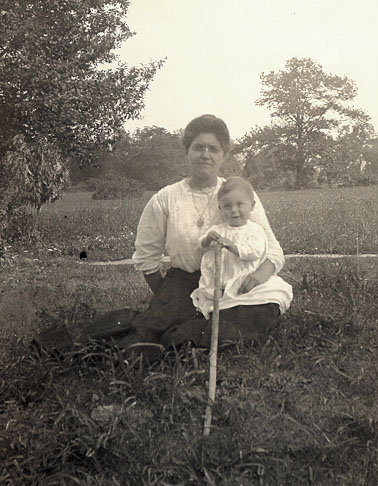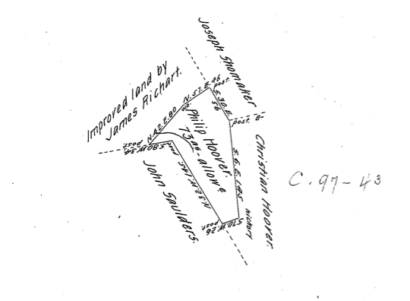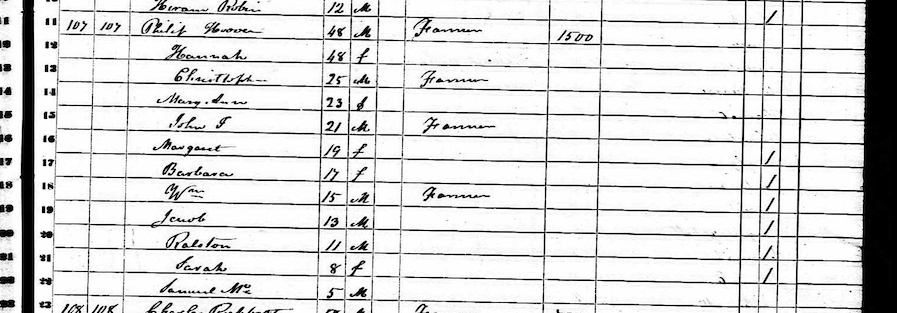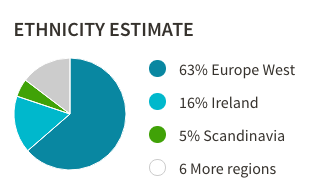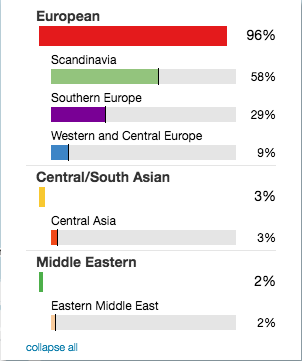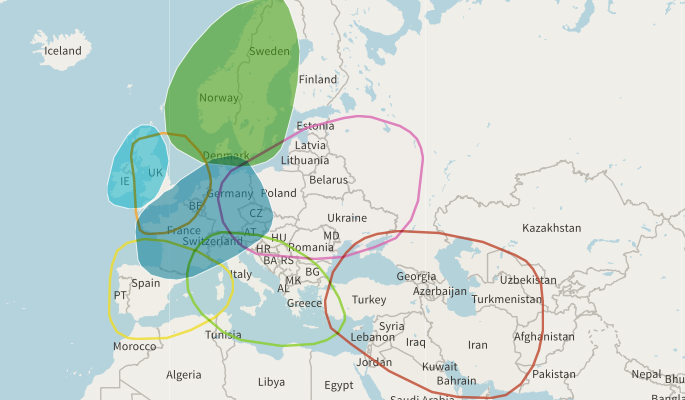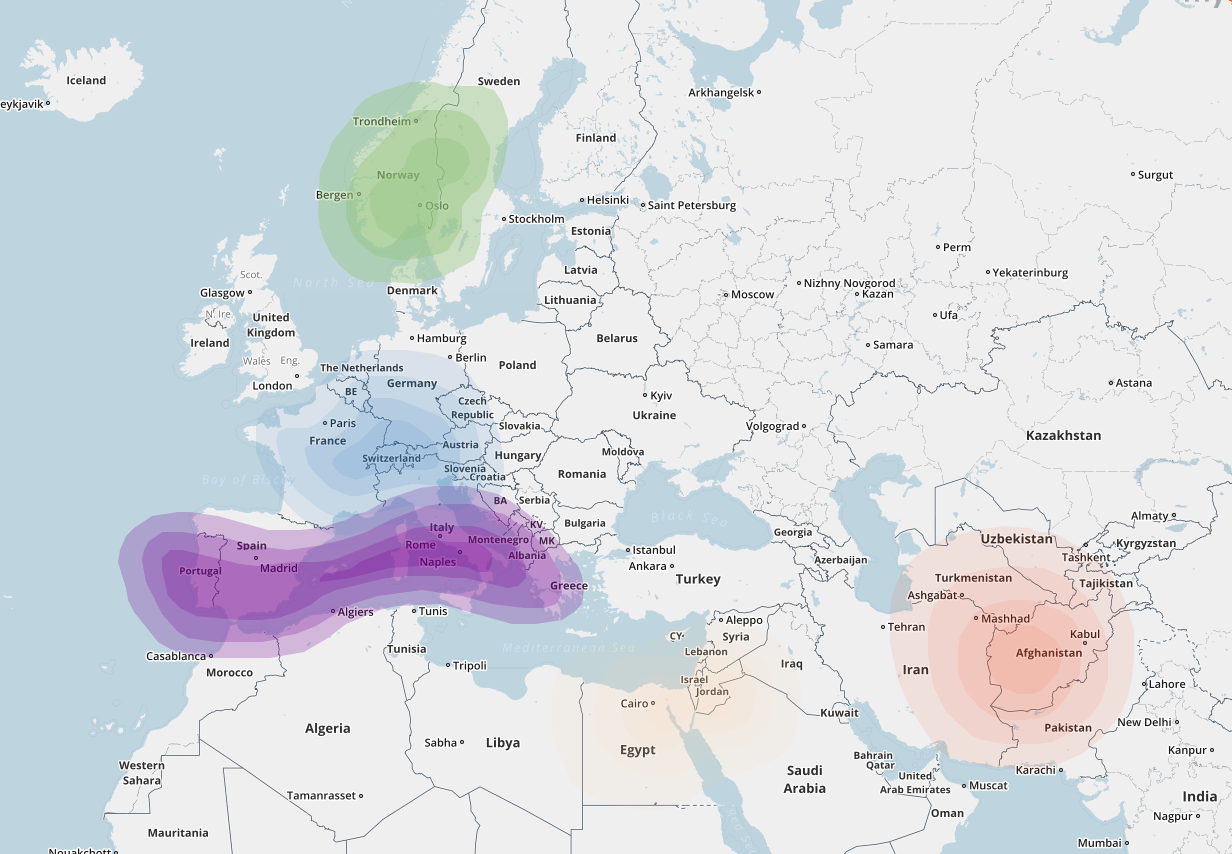John Witmer (1811-1885) 52 Ancestors in 52 Weeks
John Witmer was born 15 January 1811 in eastern Pennsylvania and died 21 May 1885 in Milford Township, Bucks County.1 About 1832, he married Rachel Jones, daughter of Henry Jones and presumably Martha Bartleson. She was born 5 March 1809 in Hilltown Township, Bucks County and died on 10 September 1897.2 Both John and Rachel were buried in the old section of the cemetery at Christ Church in Trumbauersville.
John appears on tax records for Milford Township from 1837 through 1853 on Ancestry and census records from 1840 through 1880.

1880 John Witmer census
In 1880, John and Rachel were residing next door to their son Eli J. Witmer and his family in Milford Township.3 John was a 69-year-old farmer and Rachel, aged 71, was keeping house.

1870 John Witmer census
Their children Susanna, Abel, Eli, and Catharine, aged 14 through 27, were still living at home with John and Rachel in 1870.4 John’s occupation was listed as “Super Wiser.” Daughter Susanna was working as a “taylor,” Abel was attending school, Eli was a farm laborer, and Catharine was a domestic servant.

1860 John Witmer census
In 1860, John and Rachel were living in Milford next door to a Jacob and Susanna “Witemer,” quite likely John’s parents.5 Jacob was 73-years-old and Susanna was 71. John and Rachel’s children John, Milton, Eli, Catharine and William were all living in their household. John was a farmer, while Jacob was a retired farmer.

1850 John Witemer census
John was working as a “huckster” or peddler in 1850.6 His household included: wife Rachel, children Edward, Henry, William, Mary Ann, Susan, John, Able, Milton, and 70-year-old Henry Jones, Rachel’s father.

1840 John Witmer census
In 1840, John can be found living near his brothers-in-law Levi Jones and Lewis Jones.7 John’s household included: two males under 5 [Henry and William], one male 5-10 [Edward], one male 15-20 [?], one male 20-30 [John], and one female 20-30 [Rachel]. Henry Jones was likely the 50-60 year-old man in Lewis Jones’ household.
John Witmer and Rachel Jones had the following children:
- Edward Jones Witmer (1833-1912), married Lydia Amanda Kline
- Henry Witmer (1835-1907), married Caroline Keller
- William Jones Witmer (1839-1919), married Elizabeth Hinkel
- Mary Ann Witmer (1840-1880)
- Susan Witmer (1843-1931)
- John Jones Witmer (1844-1909), married Lavinia Nicholas
- Abel Jones Witmer (1846-1915), married Sabina Schreiber, Hattie Glassmeyer
- Milton Jones Witmer (c1848-1910), married Sarah Pedrick
- Eli Jones Witmer (1850-1930), married Caroline Harwick
- Catherine Witmer (c1856-?), married Leidy Benner
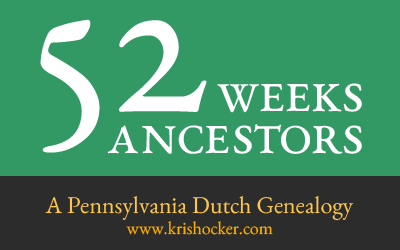
This post is part of a blogging challenge entitled 52 Ancestors in 52 Weeks, created by Amy Crow of No Story Too Small in 2014. Participants were to write about one ancestor every week. I’m revisiting this challenge for 2017. This is my fourteenth 52 Ancestors post, and a make-up post for week thirteen.


